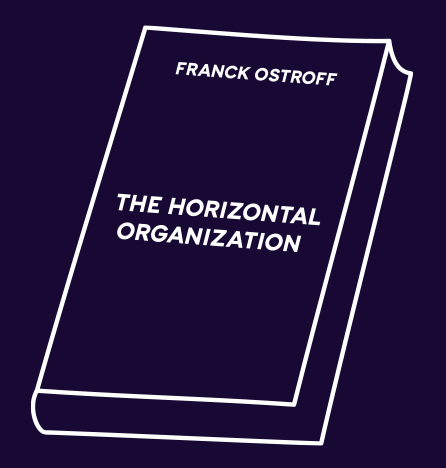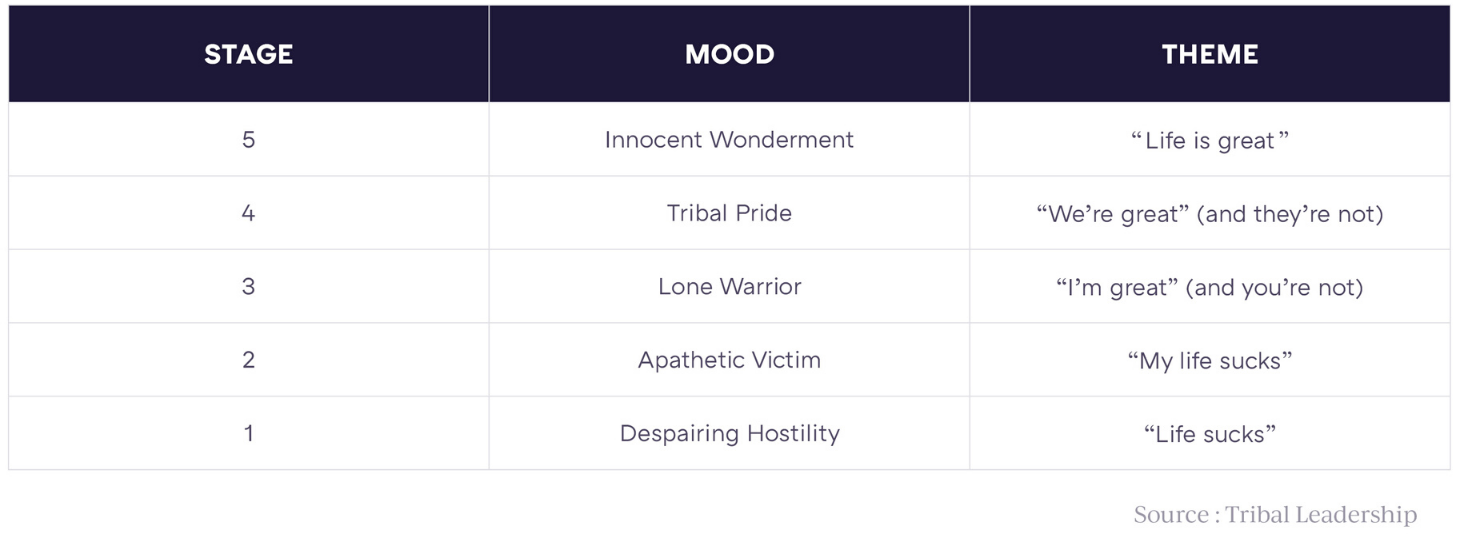Adhocracy, horizontal and tribal management
Oulala you have to tell yourself that the title does not announce an article of infinite clarity ;) And yet what best defines Davidson is: a horizontal company that has adopted the principles of adhocracy and tribal management. Some explanations ...
Let’s begin with the adhocracy concept
The neologism adhocracy (rooted in the Latin term ad hoc) is the opposite of a bureaucracy. “Ad hoc” means an organisation where people work in relatively informal project-groups that have a lot of independence compared with the procedures and hierarchical relationships in place at traditional companies. Instead of being based on rules, the company operates on a consensus that emerges from dialogue in which everyone can participate (mutual adjustment) to improve processes and deliver the promise (the company’s mission, delivering the product to the customer, etc.).

To make it work :
- Every individual needs to have taken on board the collective interest and speak on its behalf (decisions are made by people informed about the strategic objectives)
- Information needs to circulate transparently, flexibly and even informally to promote innovation
- Rather than being regarded as sacred, existing knowledge is a mere foundation on which to build new knowledge
Adhocracy has been organisationally implemented by several major firms, the most well-known being NASA (impressive don’t you think?)

Frank Ostroff, that genius
Come on, cheer up, we’re almost done.
We still need to tell you about Tribal Management. A concept from a third book called … Tribal Leadership (Dave Logan, John King, Halee Fischer-Wright). In this book, the co-authors describe 5 organisational stages, observed during audits carried out in several hundred companies.


How has that worked out, 5 years on?
- Between 10 and 15 triads are deployed each year to carry out projects in a collaborative way, without management pressure, getting faster and much better results than we would have achieved in ‘conventional’ mode. Apart from the ability to produce a “deliverable”, it is also apparent that the “V0” are often close to the “Viable Product”, because obviously having several people thinking about projects from their very beginning and seeking the community’s opinion (even if not everyone reacts, fortunately…) allows us to aim “straight” from the first draft.
- Tribal management underwent ordeal by fire in April 2020, when the COVID crisis “sent us all home” with dozens of new problems and opportunities to deal with (keeping teams motivated remotely, maximising the usefulness of the time available by organising training, making the right operational decisions at the right pace, testing the robustness of our process digitalisation and launching Fast Track optimisation projects… to name but a few). Habits and reflexes, which were ingrained before this unique period, have helped establish a “crisis” organisation capable of rapidly executing the iterations of a process that can be “summarised” by:
-
Analyse an event
-
Identify the alternatives available to Davidson within 24 hours
-
Use collective intelligence to make the optimal decision
-
Disseminate the information and the decision within 48 hours
-
Organise the operational implementation within 72 hours
-
Measure effectiveness and return to Step 1 if necessary
-
"What matters is that the project is shared by the best"
Arsène Wenger




